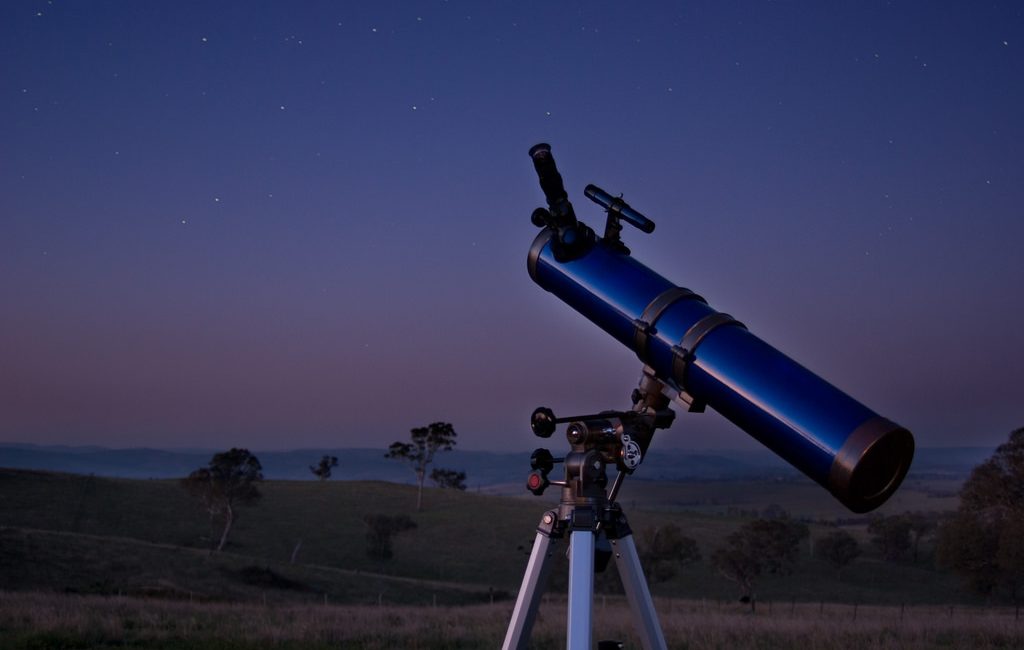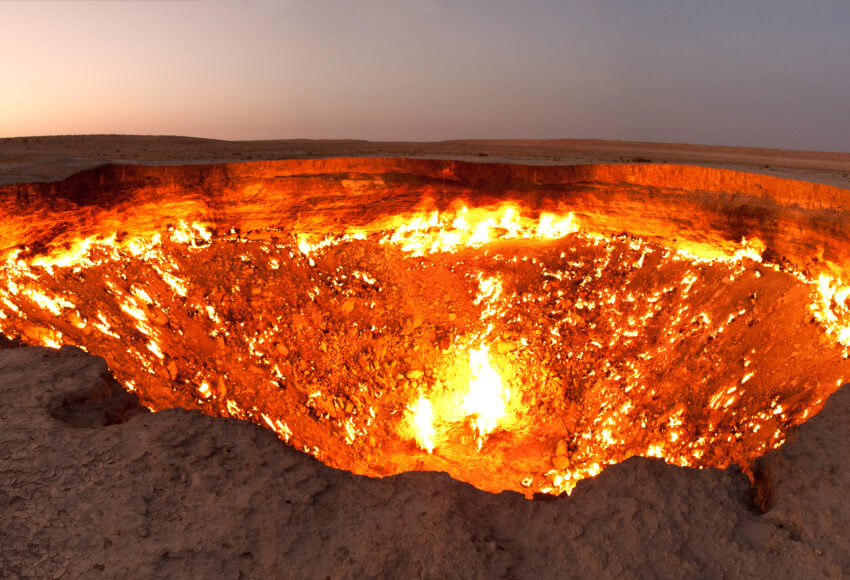The telescope, as we know it today, is said to have been invented by the Dutch several hundred years ago. Of course, at the time, the prototype was far more primitive, in that every system consisted of a series of lenses with the purpose of magnifying the image. Since that time, telescopes have come a long way, with modern devices being equipped with mini-computers and a variety of other features that can make a user’s life a whole lot easier.
When it comes to their design, telescopes differ largely from one another. Some are specifically made for terrestrial viewing while others are developed with celestial observation in mind.
If you’d like to find out more about telescopes, in general, we suggest you keep on reading as we have put together a list of interesting facts you may want to check out.
1. About twenty-five percent of the images captured by the Hubble telescope have a scientific purpose. These pictures have been showcased in various scientific papers. The telescope is capable of transferring up to 120 GB on a weekly basis. Over time, the US Government and NASA have spent approximately ten billion dollars to keep the Hubble telescope operational.
2. The cause of death for most telescopes bought on a yearly basis, both in the United States and all over the world, is neglect or overcare. More than half of the models purchased as presents end up stored in a garage. Because these devices are outfitted with several small and sensitive components, they can be affected both by the weight of other items stored on top of them and by conditions such as mold and mildew. Overcare happens when the telescope owners are so stoked about their telescopes that they end up cleaning their lenses or mirrors with unusual substances or even Windex. And that’s definitely not the right way to treat a piece of science equipment.
3. Longer telescopes have higher magnifications. The magnification always depends on the objective lens and the focal length, and that is why shorter tubes can’t produce as high of magnification as longer ones. The aperture is another feature that’s critical when it comes to buying a brand new telescope. Of course, other factors have to be taken into consideration, such as the fact that, regardless the magnification, a long and heavy telescope might be cumbersome to take on the road.
4. Celestial observation shouldn’t be done in the city. There’s a thing called light pollution that can affect the way the telescope user visualizes celestial objects. In some cases, it can be as bad as to prevent the person from seeing anything in the sky other than the stars of which the light is particularly powerful. It is, therefore, recommended that you always go out of town or just on the outskirts to use your telescope efficiently.
5. Terrestrial telescopes are far less expensive compared to astronomical models. The difference between the two consists of an extra lens with the help of which the second are capable of focusing the light from the image into the human eye. What that does, however, is switch the image upside down. Terrestrial telescopes do not come with this lens, which is why we can use them to visualize images as they are. Plus, they are more compact and lightweight.









